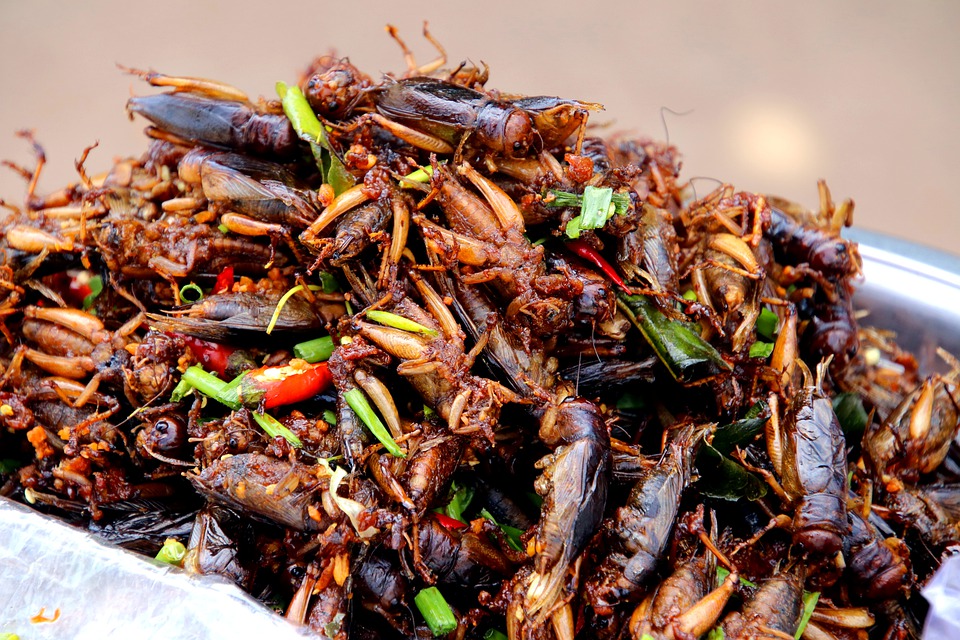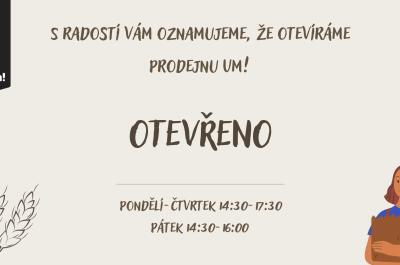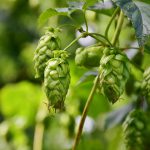Forget about amarouny. The food of our future has six legs and antennae.
Finding environmentally friendly and sustainable sources of protein is certainly one of the the most topical issues of the early 21st century. The main reasons are growing population and still increasing requirements on livestock production, which are unattainable in the long term. One of the promising alternatives is currently considered to be insects. Insects are known as a source of quality protein and are therefore a more or less important part of the diet of people in more than 100 countries around the world. However, its nutritional value is not always the same, but depends on many factors, including the species, the composition of the food or the sex of the individual. Therefore, knowledge of the factors that influence the nutritional composition of insects is one of the key prerequisites for successful optimization of insect farming technology for subsequent processing for the food or feed industry.
In their work, a team of experts from our faculty described the influence of the insect's developmental stage on the quantity and quality of essential nutrients contained. The model species for this experiment were Cockroaches Blaberus craniifer a Brazilian black worms (Zophobas morio). There was no significant difference in essential nutrient content or protein quality (expressed as essential amino acid indices) between the larvae of the tadpole harvested at 60, 90 and 120 days of age. On the other hand, in cockroaches B. craniifer They contained adult individuals Significantly more protein a less fat than nymphs of the same species. Based on the index calculations Atherogenicity (risk of fat deposition) and thrombogenecity (the ability to cause thrombosis), it was found that the quality of fat increased with age in cockroaches, while it decreased in mealworms.
The results of this work thus confirmed that the current phase of insect evolution significantly affects its nutritional value, and the differences between the different larval stages are not as great as the differences between juvenile and adult insects. The findings are valuable not only for the scientific community concerned with the nutritional quality of food, but also for the breeders of edible insects. By timing the harvesting of insects at a particular developmental stage, they can produce edible insects of the desired nutritional parameters according to the wishes of the processor or consumer.
Original work:
KULMA, Martin, Lenka KOUŘIMSKÁ, Dana HOMOLKOVÁ, Matěj BOŽIK, Vladimír PLACHÝ and Vladimír VRABEC. Effect of developmental stage on the nutritional value of edible insects. A case study with Blaberus craniifer and Zophobas morio. Journal of Food Composition and Analysis [online]. 2020, 92 [cited 2020-11-19]. ISSN 08891575. Available from: doi:10.1016/j.jfca.2020.103570







